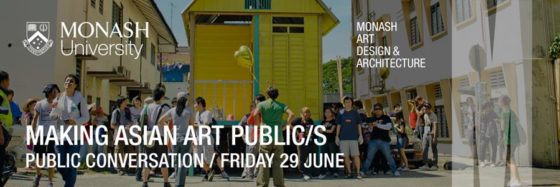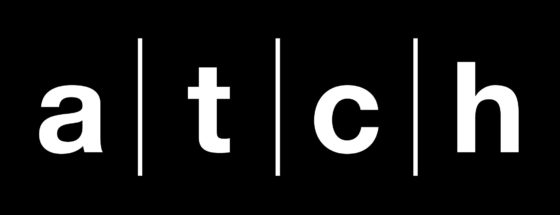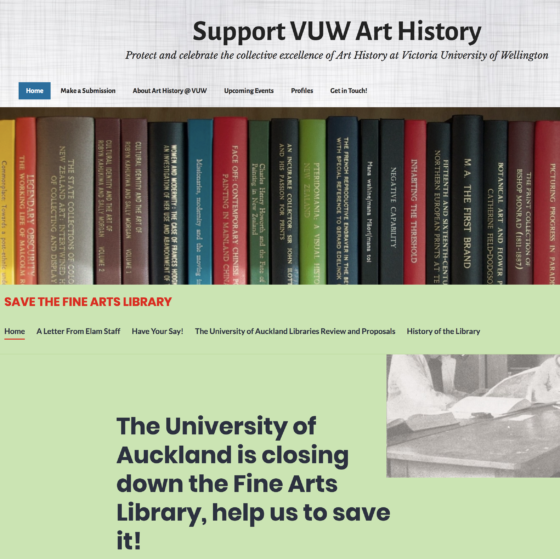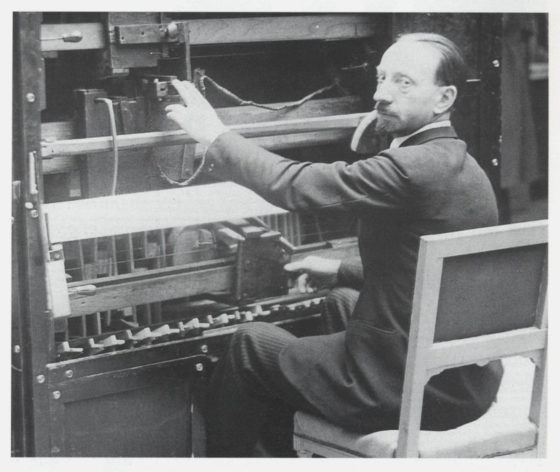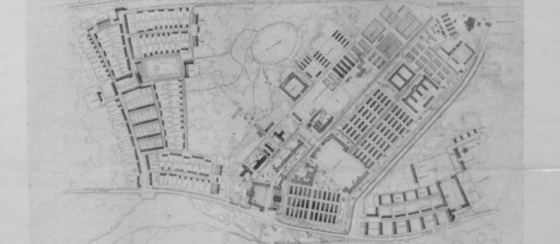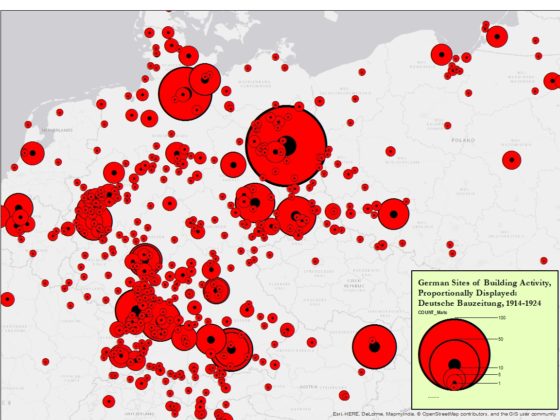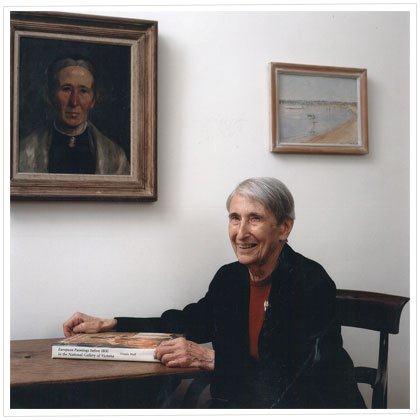
Applications open until Tuesday 7 August About Ursula Hoff Dr Ursula Hoff AO OBE LLD PhD (Hamburg) D Lit (Monash), was born in 1909 in London and died in 2005 in Melbourne. Dr Hoff’s distinguished career encompassed art history, curatorship and museum management at the University of Melbourne and the National Gallery of Victoria. Educated in Hamburg, she was among the pivotal first generation of European-trained art historians who introduced the subject to Australian universities. Dr Hoff was a lecturer in the then-Department of Fine Arts at the University of Melbourne and worked at the National Gallery of Victoria, becoming its assistant director from 1968-1973. She became the London Advisor to the Felton Bequest from 1975-1983. Dr Hoff was a foundation fellow of the Australian Academy of the Humanities in 1970 and member of the Council of the National Library of…

